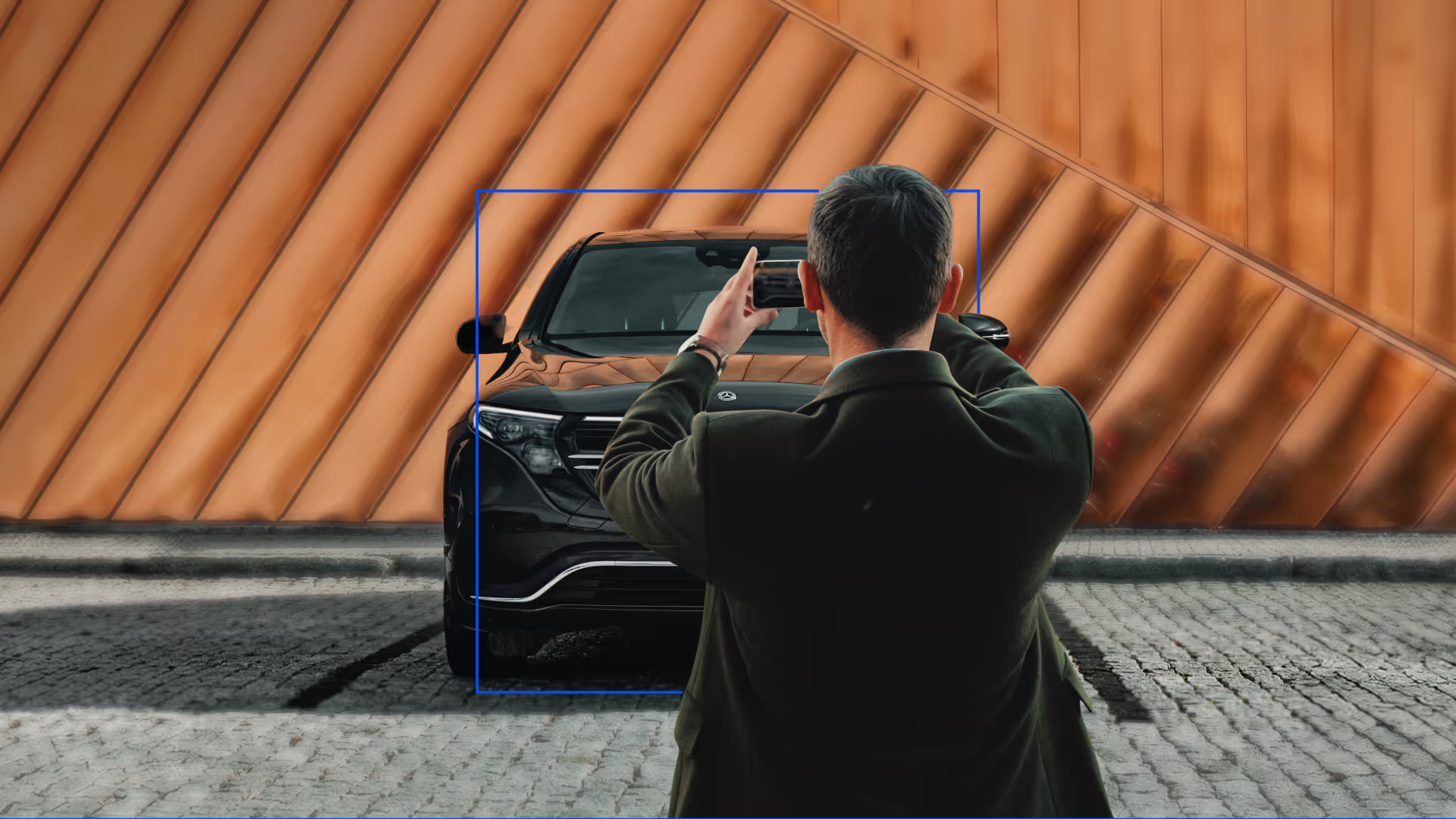Table of contents
Ever stood in your lot watching the clock tick by as yet another 45-minute vehicle inspection unfolds?
You're not alone.
Across the automotive industry, we're all feeling the squeeze of traditional inspections - specialized equipment gathering dust, trained personnel becoming harder to find, and those inspection bottlenecks that seemingly never end. And let's not even mention the consistency nightmare when trying to scale across multiple locations.
But with the AI vehicle inspection industry developing rapidly (reaching $1.2 billion in 2023 and charging ahead at an 18% CAGR through 2032), this no longer has to be the case.
Riding on the wave of innovation, we created a complete AI inspection solution. Imagine transforming any smartphone into a professional inspection powerhouse - processing vehicles three times faster while maintaining high accuracy:
- No more expensive equipment.
- No more specialized training programs.
Just consistent, reliable results whether you're managing one location or fifty.
In this blog, we'll cover how mobile car inspection technology transforms key automotive processes, the benefits, and a step-by-step roadmap for bringing this game-changing technology into your own operation.
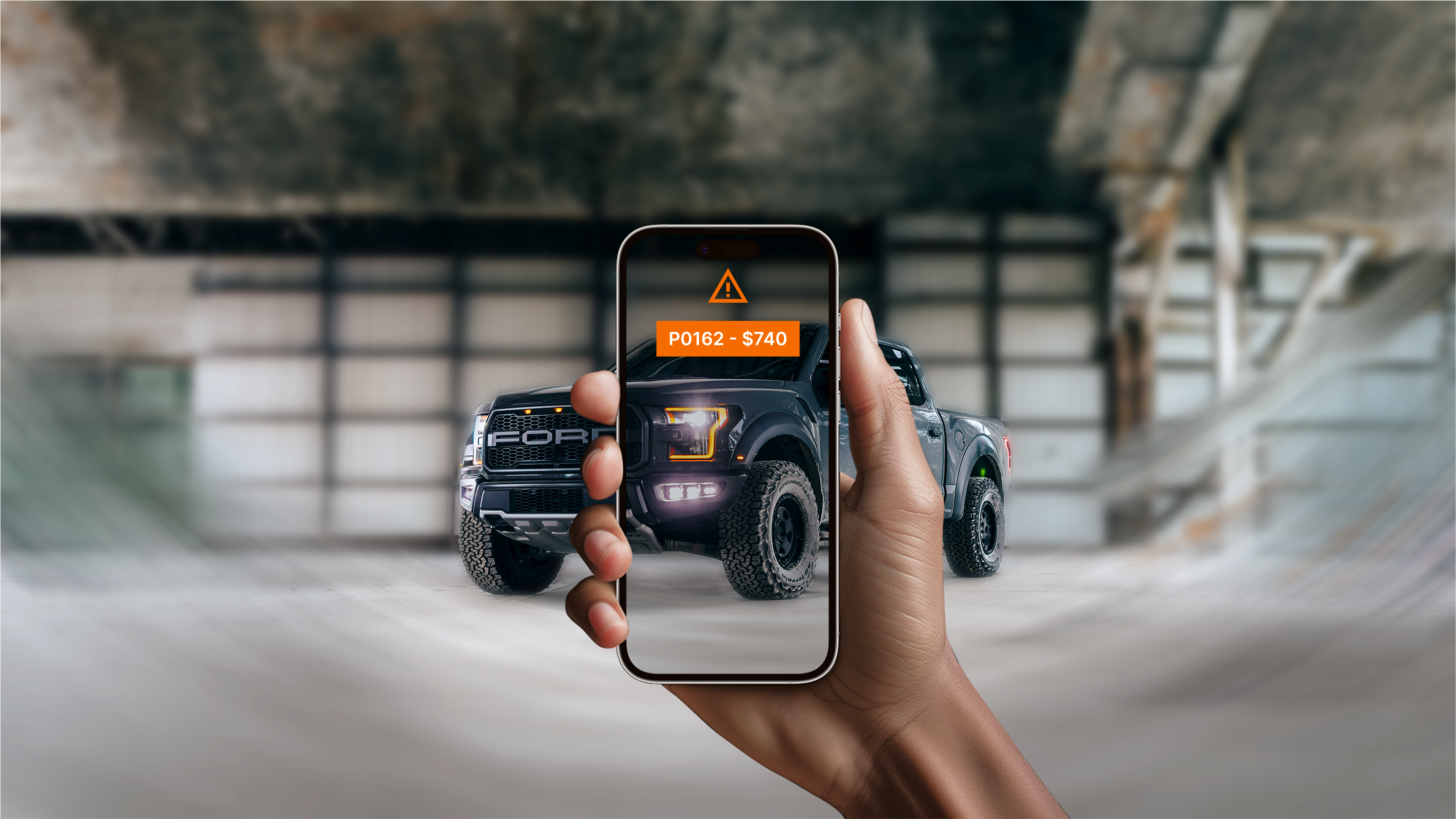
The evolution of vehicle inspections: From specialized equipment to smartphones
For decades, vehicle inspections have been a logistical and financial headache for automotive operations leaders. The traditional model is resource-intensive, slow, and often inconsistent - making it difficult to scale across multiple locations.
Why traditional vehicle inspections hold businesses back
Outdated methods not only drain resources but also limit growth and efficiency. Below are the key reasons why legacy inspection processes continue to hold businesses back in today’s fast-paced, tech-driven environment.
- Equipment costs: Specialized scanning hardware is not only expensive (typically ranging from $5,000 to $15,000 per unit) but also requires ongoing maintenance and periodic upgrades. This capital outlay limits flexibility and can quickly eat into margins, especially for growing fleets or dealer networks.
- Personnel limitations: Inspections have historically demanded trained inspectors with technical expertise. Recruiting, training, and retaining these specialists adds complexity and cost, and makes it hard to ramp up quickly during peak demand periods.
- Geographic constraints: Because inspections require a physical presence at the vehicle’s location, businesses face logistical hurdles when managing distributed assets or remote locations. This often leads to delays, higher travel expenses, and missed business opportunities.
- Inconsistent results: Human inspectors inevitably bring subjectivity to the process. Assessments can vary widely between individuals, leading to disputes, re-inspections, and a lack of trust in reported vehicle conditions.
- Time inefficiency: Each traditional inspection can take 45 minutes or more (not including travel time). This bottleneck slows down everything from remarketing and fleet turnover to claims processing and compliance audits.
These challenges have made it clear: the car industry needs a smarter, faster, and more scalable solution.
The mobile inspection app revolution
The shift to mobile inspection apps is a game-changer for automotive businesses aiming to modernize and scale their operations. Today’s leading platforms, like Self Inspection, put the power of advanced vehicle assessment directly in your team’s hands, no matter where they are.
- Accessibility breakthrough: With Self Inspection, any smartphone instantly becomes a professional inspection tool. This eliminates the need for costly, specialized equipment and allows businesses to deploy inspections at scale, without capital constraints.
- Democratized expertise: Guided workflows and AI-powered prompts mean that any staff member - not just seasoned inspectors - can conduct thorough, consistent inspections. This levels the playing field and makes staffing much more flexible.
- Real-time results: Forget waiting days for reports. Mobile inspections deliver instant assessments and digital documentation, enabling faster decision-making for sales, fleet management, or insurance claims.
- Enterprise-grade technology: Self Inspection brings AI-powered damage detection to the palm of your hand. What once required expensive hardware and technical know-how is now accessible to every operator, anywhere, at any time.
The result is a dramatic reduction in operational friction, faster turnaround times, and a new standard of consistency and transparency across your entire vehicle portfolio.
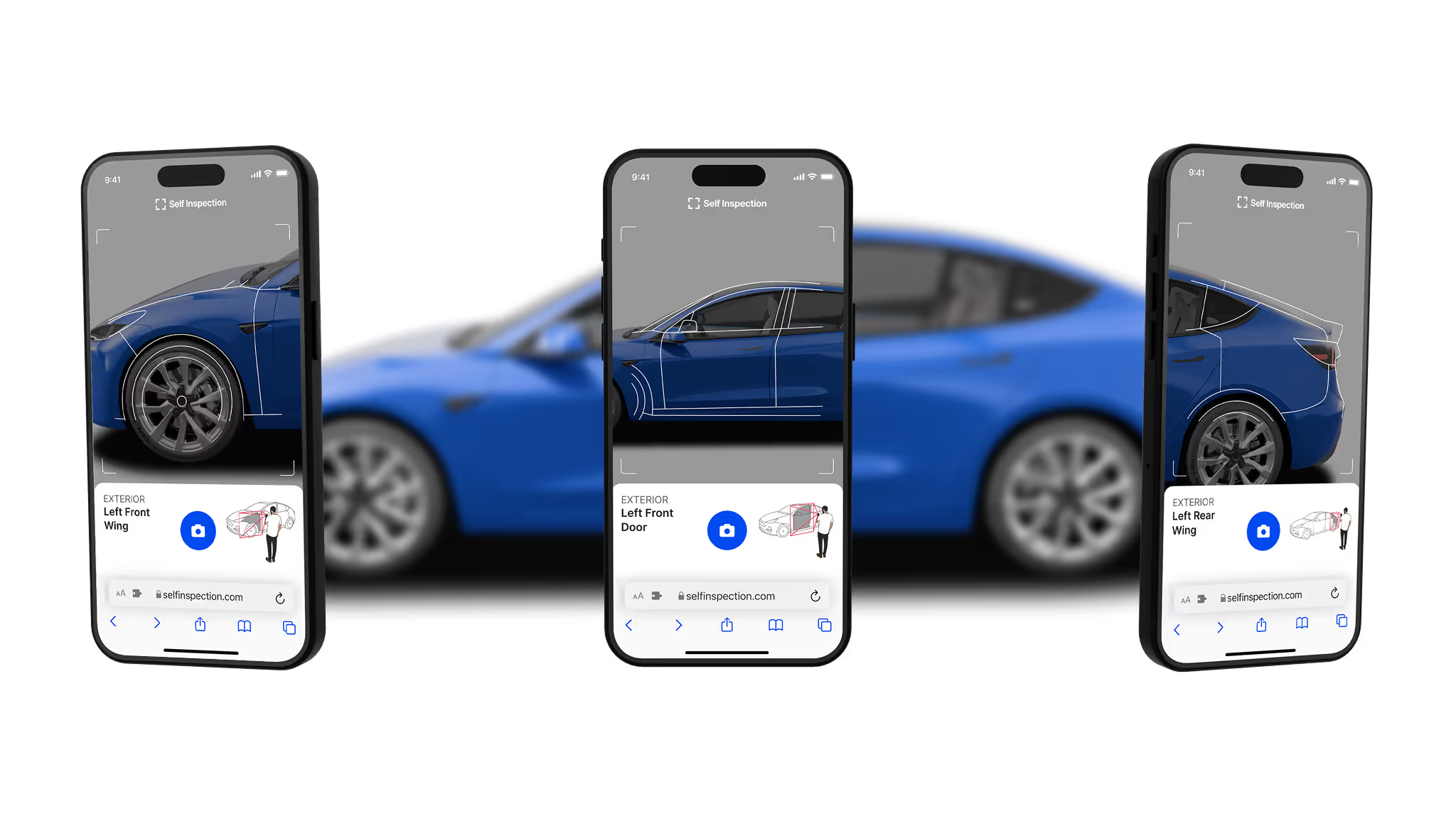
Inside Self Inspection’s mobile car assessment platform
Self Inspection’s platform isn’t just another inspection app - it’s a comprehensive, enterprise-ready solution designed for accuracy, speed, and scalability.
Here’s how it works:
Guided Vehicle Damage Assessment - Professional Results for Every User
The inspection process starts with intuitive, AI-driven guidance that ensures nothing is missed and every inspection meets enterprise standards.
- Step-by-step guidance: Interactive, on-screen prompts walk users through each stage of the inspection, ensuring that all key areas(exterior, interior, tires, and undercarriage) are documented. This reduces the risk of oversight and creates a repeatable, auditable process.
- Optimized video capture: The app uses AI to provide real-time feedback on camera angles, lighting, and framing, helping users capture high-quality images that support accurate assessments. No more blurry or incomplete photos.
- VIN scanning & verification: Simply point your smartphone camera at the VIN, and the system automatically identifies and verifies the vehicle. This streamlines record-keeping and eliminates manual entry errors.
- Real-time quality control: Built-in 360-degree guided video workflows and instant feedback ensure that every photo and video meets quality standards before the inspection is submitted. This means fewer re-dos and more reliable data from the start.
Explore our smartphone-guided photo/video capture to see how easy and thorough the process can be.
AI-driven damage analysis: fast, reliable, and human-verified
Once the images and videos are captured, Self Inspection’s advanced AI gets to work, delivering insights that drive business value.
- Advanced computer vision: The platform analyzes every image to identify a wide range of issues, from dents and scratches to more serious structural problems. This level of detail was previously only possible with expensive, specialized scanners.
- Multi-condition assessment: The AI evaluates not just the exterior, but also the interior and tires, providing a holistic view of the vehicle’s true condition.
- Damage classification: Each identified issue is categorized by severity and mapped to specific repair requirements, supporting accurate cost estimates and transparent reporting.
- Expert verification: To ensure high accuracy, human specialists review the AI’s findings, adding a critical layer of quality control and trust, especially for high-value or disputed cases.
Learn more about our automated vehicle inspection platform and how it combines the best of AI and human expertise for reliable, scalable results.
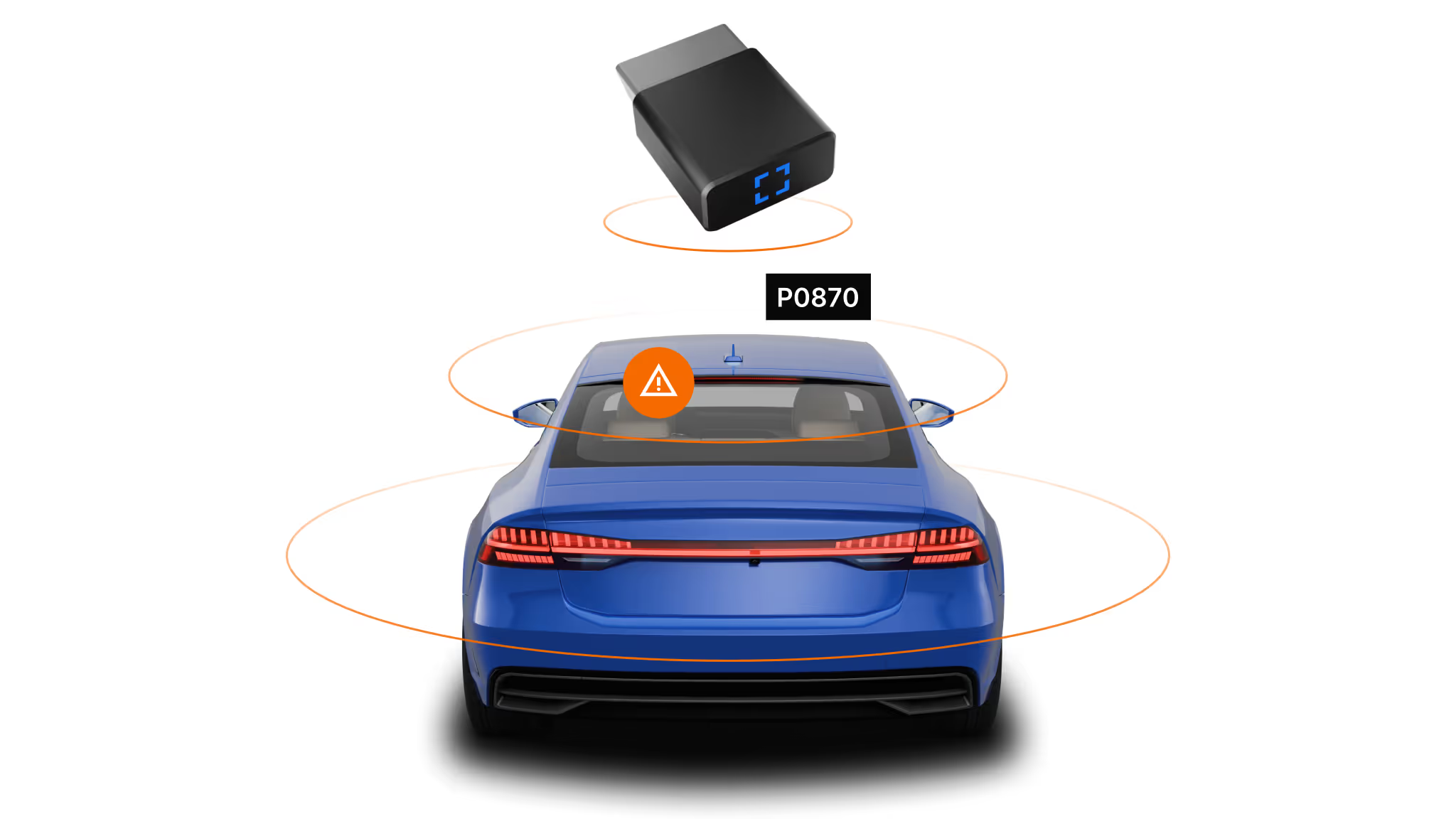
Complete mechanical assessment via OBD2
A visual inspection only tells part of the story.
For a truly comprehensive assessment, today’s automotive leaders rely on OBD2 technology to unlock critical diagnostic data directly from the vehicle’s onboard computer.
Self Inspection’s platform seamlessly integrates OBD2 scanning that uncovers hidden issues and validates key metrics in minutes.
- Engine diagnostics: Instantly detect mechanical issues that aren’t visible to the naked eye, from misfires to sensor malfunctions, ensuring no problem goes unnoticed.
- Emissions testing: Verify compliance with environmental standards and regulations, helping your business avoid costly penalties and maintain a strong reputation.
- Mileage verification: Prevent odometer fraud by electronically validating mileage readings, adding an extra layer of trust and transparency to every transaction.
- Predictive maintenance: Leverage real-time data to identify potential issues before they lead to failures, enabling proactive maintenance and reducing unexpected downtime.
Explore how OBD2 integration with Self Inspection delivers a complete, data-driven mechanical inspection for every vehicle in your fleet.
Human + AI: the expert verification advantage
Even the most advanced AI benefits from a human touch. Self Inspection’s unique hybrid approach combines the speed of artificial intelligence with the nuanced judgment of certified automotive experts, ensuring every report meets the highest standards of accuracy and reliability.
- Initial AI analysis: Advanced computer vision algorithms provide a fast, first-level assessment, flagging potential issues and streamlining the inspection workflow.
- Expert review: Experienced automotive specialists review and refine the AI’s findings, bringing years of industry knowledge to every inspection.
- Accuracy enhancement: While AI alone delivers around 40% accuracy, the addition of expert review elevates final report accuracy, minimizing errors and instilling confidence.
- Report validation: Certified technicians validate every inspection, ensuring that results are professional-grade and ready for compliance, claims, or resale.
Learn more about our commitment to human-verified accuracy and how it sets Self Inspection apart in delivering trusted, actionable vehicle assessments.
Key business benefits of mobile inspection apps
Mobile vehicle inspection apps can fundamentally shift how your automotive business operates. By streamlining workflows, enhancing accuracy, and expanding operational flexibility, these tools unlock tangible strategic benefits that impact every level of your organization.
Triple your inspection speed
Self Inspection’s platform revolutionizes inspection workflows by reducing the average inspection time from 45 minutes down to just 15 minutes per vehicle.
- Process 3x more vehicles: With a threefold acceleration, your existing inspection team can increase your turnover rate without added headcount.
- Labor cost savings: Dramatically reduce hours spent on inspections, lowering operational expenses and freeing staff for higher-value tasks.
- Enhanced customer experience: Shorter wait times and rapid reporting delight customers and partners, boosting satisfaction and loyalty.
This efficiency leap empowers automotive operations to scale seamlessly while maintaining high-quality standards.
Enhance safety and compliance across your fleet
Did you know that about 97% of heavy goods vehicle (HGV) fleets and 91% of van fleets reported fewer safety incidents after using AI-based video safety technologies?
As safety is non-negotiable in fleet management, an AI solution can make a huge difference and provide you with:
- Standardized inspections: Automated workflows ensure every safety check is thorough and consistent, eliminating variability caused by individual inspectors.
- Comprehensive documentation: Maintain a detailed, tamper-proof record of all vehicle conditions and identified issues, supporting audits and liability protection.
- Regulatory adherence: Meet or exceed evolving industry inspection mandates with ease, reducing the risk of penalties and operational disruptions.
By embedding compliance into every inspection, your business safeguards drivers, assets, and reputation.
Break free from geographic constraints
Mobile inspection technology liberates your operations from traditional location-based limitations. As long as there’s cellular coverage, inspections can be conducted wherever vehicles are located-whether at customer sites, remote depots, or in the field.
With an advanced mobile inspection app, you can take advantage of:
- Remote inspections: Conduct thorough assessments without requiring physical presence at centralized facilities, saving time and travel costs.
- Centralized oversight: Monitor inspection progress and results across all locations in real time through a unified dashboard, enabling proactive management.
- Consistency across sites: Standardized workflows guarantee uniform inspection quality, regardless of geography or operator.
- On-demand flexibility: Adapt quickly to changing business needs by inspecting vehicles wherever and whenever necessary.
Drive precision in repair estimation and maintenance planning
Accurate repair cost forecasting is vital for budgeting and operational efficiency. An AI-driven platform can help you achieve:
- Precise damage identification: AI pinpoints affected components with high accuracy, reducing guesswork and enabling targeted repairs.
- Automated parts and labor calculations: Instantly generate cost estimates based on detected damage, streamlining approval and budgeting processes.
- Prioritized repair scheduling: Data-driven insights help prioritize maintenance activities, minimizing downtime and optimizing resource allocation.
- Improved budget forecasting: Accurate projections of fleet maintenance costs support strategic financial planning and reduce unexpected expenses.
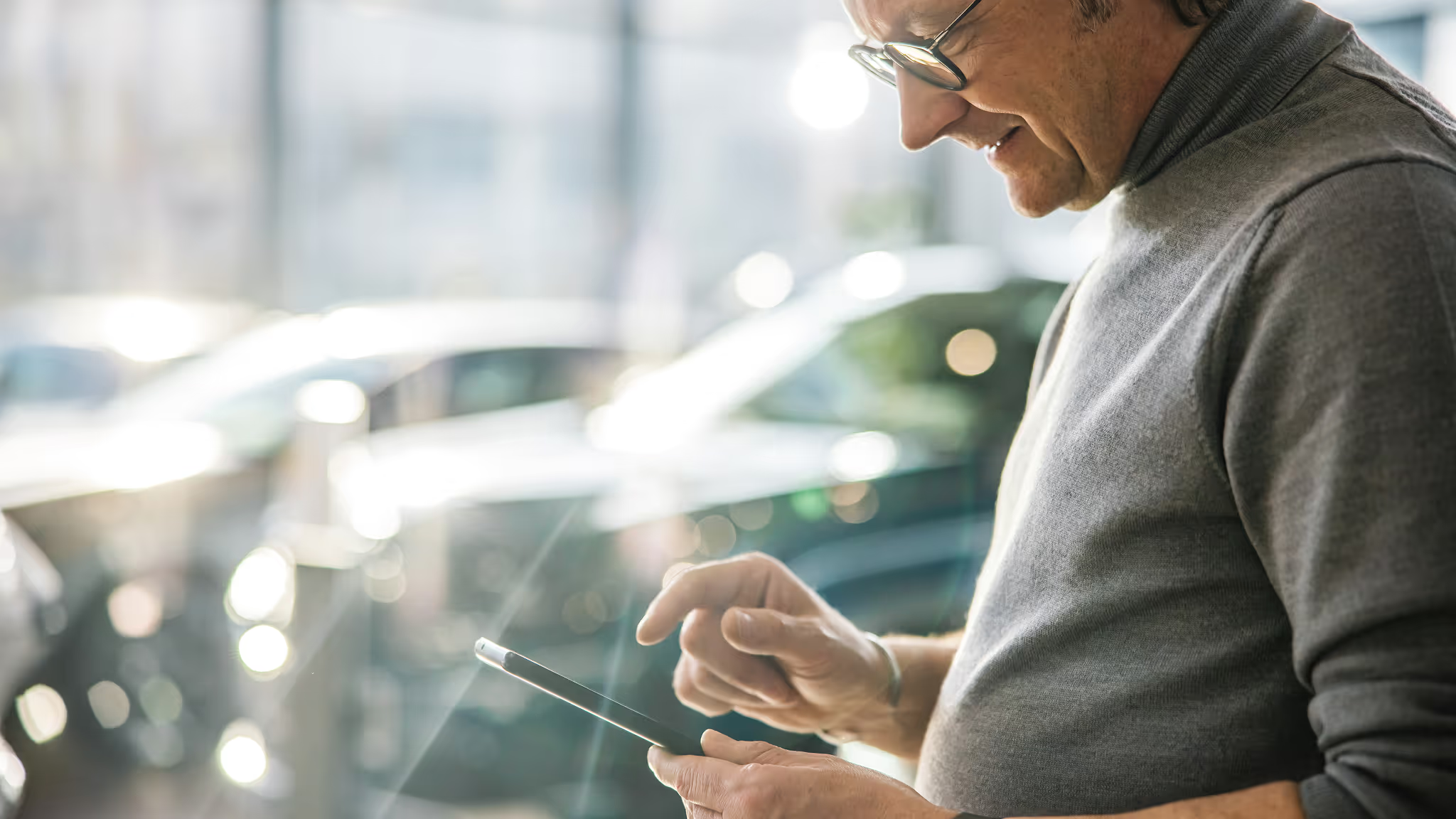
Quick-start guide: How to implement mobile vehicle inspection in your business
Transitioning to a mobile car inspection platform doesn't have to be disruptive or complex.
In fact, implementing Self Inspection's solution is designed to be straightforward, with minimal impact on your current operations while delivering immediate efficiency gains. Our customers typically find that the implementation process serves as an opportunity to evaluate and enhance their overall inspection strategy, often revealing hidden inefficiencies that can be addressed simultaneously.
Getting started: 3-step implementation
The path to modernizing your vehicle inspection process follows a proven methodology that is thorough and easy to integrate into your business:
- Assessment phase: Begin by evaluating your current inspection processes and identifying key pain points. This strategic review helps pinpoint where mobile inspections will deliver the greatest immediate impact - whether that's reducing inspection times, improving consistency, or enabling remote documentation.
- Customization: A mobile vehicle inspection platform should adapt to your business requirements, not the other way around. You can configure inspection workflows to match your specific vehicle types, condition parameters, and business rules. This ensures the solution builds on your established processes rather than forcing disruptive changes.
- Staff training: An intuitive smartphone interface requires minimal training, with most personnel becoming proficient after just one or two guided inspections. The platform provides real-time guidance during inspections, dramatically flattening the learning curve compared to specialized equipment training. For example, a major insurer implementing similar AI-guided inspection technology managed to reduce inspection turnaround time from several days to just minutes.
Integration with existing systems
The true value of a mobile inspection app materializes when it becomes a seamless part of your operational ecosystem. A smooth data flow between systems is usually maintained by:
- API capabilities: This allows you to connect directly with your current management platforms, eliminating data silos and duplicate entry requirements.
- Data synchronization: When information flows between systems, your vehicle database, customer records, and inspection history remain consistently updated across all platforms.
- Customizable exports: Generate reports in formats compatible with your existing workflows (from PDF summaries for customer sharing to structured data feeds for analytics tools).
- Scalable architecture: An advanced mobile inspection platform grows alongside your business, supporting everything from small operations to enterprise-scale deployments with thousands of daily inspections across multiple locations.
This integration framework ensures mobile car inspections enhance your current technology investments rather than requiring wholesale replacement, accelerating ROI and minimizing implementation friction.

Industry-specific mobile car inspection solutions: tailored for your business
The versatility of smartphone-based vehicle inspections creates transformative opportunities across the automotive ecosystem. While the core technology remains consistent, Self Inspection adapts to the unique requirements of different sectors, delivering specific benefits that address industry-specific challenges.
Dealerships: streamline vehicle acquisition & sales
For automotive dealerships, efficiency and transparency in vehicle assessments directly impact profitability and customer satisfaction.
Self Inspection's automated vehicle inspection system revolutionizes key processes like:
- Trade-in assessments: With our mobile vehicle inspection app, you can complete accurate valuations in minutes rather than hours, reducing customer wait times and increasing throughput during busy periods.
- Pre-delivery inspections: This ensures every vehicle meets quality standards before customer handover. By eliminating overlooked issues, you also reduce customer complaints and costly returns.
- Used vehicle certification: This standardizes the certification process across all locations with consistent inspection criteria and documentation. The result? Higher buyer confidence and improved reputation for quality.
- Customer transparency: Being able to share detailed, photo-documented reports with potential buyers helps you build trust through evidence. In turn, purchase decisions are made faster, reducing negotiation back-and-forths.
Fleet management: monitor vehicle condition at scale
Fleet operators face unique challenges in maintaining visibility across geographically dispersed assets. Self Inspection's mobile car inspection platform transforms this challenge into an opportunity for enhanced control:
- Regular fleet assessments: Standardized inspection protocols ensure uniform quality control and maintenance standard aross your entire fleet, no matter the location or size.
- Driver-conducted inspections: Drivers can document vehicle status using guided workflows, This thorough assessment does not require specialized training, helping you eliminate inspection bottlenecks.
- Maintenance planning: Use inspection data to drive service scheduling decisions based on actual vehicle condition rather than arbitrary time intervals.
- Compliance documentation: Maintain complete, time-stamped records of all inspections for regulatory requirements. The centralized digital archive also helps you eliminate paper-based record-keeping challenges while improving accountability.
Rental companies: simplify check-in/check-out
Customer disputes and turnover delays represent significant pain points for rental operations.
Mobile inspection technology addresses these challenges directly:
- Pre-rental documentation: Verify and document vehicle condition before customer handover using a structured, consistent process. This comprehensive baseline protects both your business and customers by establishing clear condition expectations.
- Return processing: You can quickly assess vehicles upon return with guided workflows that ensure nothing is overlooked while also maintaining thoroughness.
- Damage verification: Create irrefutable evidence of pre-existing or new damage through timestamped, geotagged photos and videos. This visual documentation helps you reduce disputes and simplify damage claim processes.
- Expedited turnaround: A streamlined condition assessment enables you to process vehicles for the next rental faster, helping you increase utilization rates and revenue.
Insurance: accelerate claims processing
Insurance claims represent a particularly compelling use case for mobile inspection technology. According to a 2021 Economic Times report, "25% to 35% of old cars need inspection.” On top of that, traditional manual inspection is cumbersome, human-intensive, and ineffective.
Self Inspection addresses these inefficiencies through:
- Self-service inspections: Policyholders can now conduct guided documentation using their own smartphones, eliminating adjuster travel time and scheduling delays. This immediate capture also ensures accurate damage documentation before temporary repairs.
- Rapid claim assessment: Processing damage evaluation immediately upon submission rather than waiting for adjuster availability reduces the claims timeline. In turn, you get increased customer satisfaction during stressful post-accident periods.
- Fraud prevention: Leveraging AI detection capabilities helps detect inconsistencies between reported incidents and documented damage. The system also uses automation to flag potential issues for human review.
- Touchless processing: Insurers can also implement complete remote claims handling for straightforward cases, reducing adjuster workloads while speeding customer resolutions. This enables companies to maintain thorough documentation while eliminating unnecessary steps.
Conclusion: staying ahead of competitors with mobile vehicle inspections
As mobile car inspection solutions transform from luxury to necessity, the question isn't whether to implement, but when. Those who act now gain a triple advantage: dramatically reduced inspection times, enhanced accuracy through AI-human collaboration, and operational flexibility previously impossible with traditional methods.
Ready to transform your vehicle inspection process? Schedule a demonstration to experience the Self Inspection difference and discover how our platform can address your specific business challenges.
Frequently asked questions
Considering implementing mobile vehicle inspections in your operation? Here are answers to the most common questions we receive from automotive industry leaders evaluating this technology.
How accurate are smartphone-based vehicle inspections?
Self Inspection uses a unique combination of AI analysis and expert human verification.
The initial AI assessment provides rapid, objective analysis, while our automotive specialists review findings to ensure accuracy and context. This hybrid approach delivers reliability comparable to the more subjective in-person professional inspections.
What equipment do I need to implement mobile car inspection?
Any modern smartphone (iOS or Android) with a camera is sufficient to begin conducting mobile inspections. There's no need for specialized hardware, expensive scanners, or proprietary devices.
For businesses wanting to include mechanical assessments, an optional OBD2 connector can be added to access engine diagnostics and emissions data.
This dramatically reduces implementation costs and enables rapid deployment across multiple locations.
How long does it take to implement a mobile inspection system?
Most businesses are fully operational within 1-2 weeks, with initial setup taking as little as 72 hours.
The iImplementation process includes three phases: system configuration, integration with your existing platforms, and staff training (which usually takes 2-3 guided inspections).
Note: We usually recommend starting with a focused pilot at one location - this gives you a chance to see the benefits firsthand and make any adjustments before rolling out company-wide.
Can mobile inspections replace professional assessments?
Yes, Self Inspection's mobile car inspection solution effectively replaces traditional professional assessments in most scenarios. By combining advanced AI technology with expert human verification, we deliver professional-grade results without requiring expensive specialized equipment.
Our guided workflow system ensures nothing gets missed - every vehicle area receives thorough documentation and analysis. What makes this approach particularly powerful is that the combination of computer vision and human expert review achieves accuracy comparable to in-person professional inspections.
How does a mobile inspection app prevent fraud or manipulation?
Mobile inspection apps employ several sophisticated layers of protection against fraud and manipulation.
At Self Inspection, our automated vehicle inspection system analyzes metadata, lighting patterns, and timestamps to verify that images haven't been tampered with. When something doesn't look right, like inconsistent shadows or unusual lighting, our system flags it immediately.
The final safeguard is our human expert review team, that provides that critical judgment layer that even the best AI sometimes needs. Together, these defenses create a virtually tamper-proof documentation system that both insurers and customers can trust.


